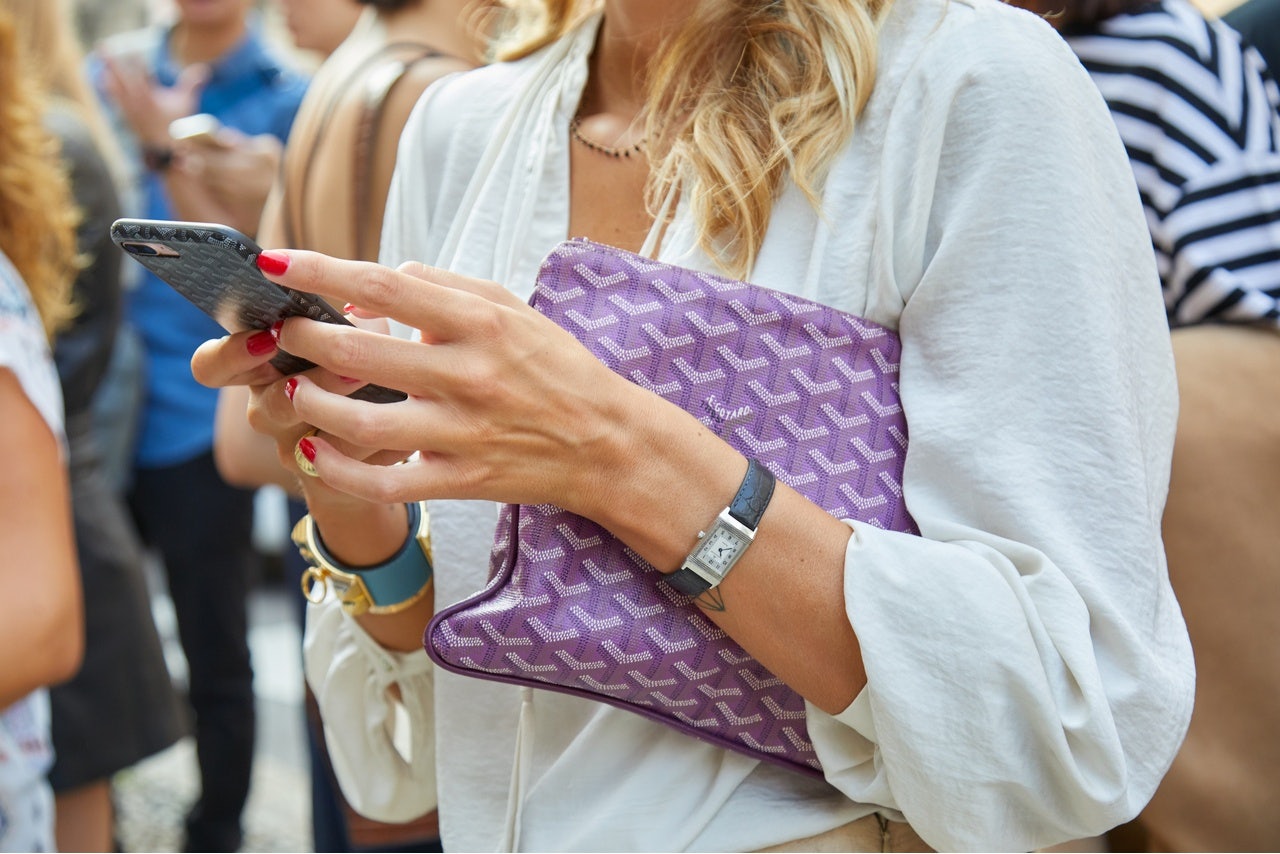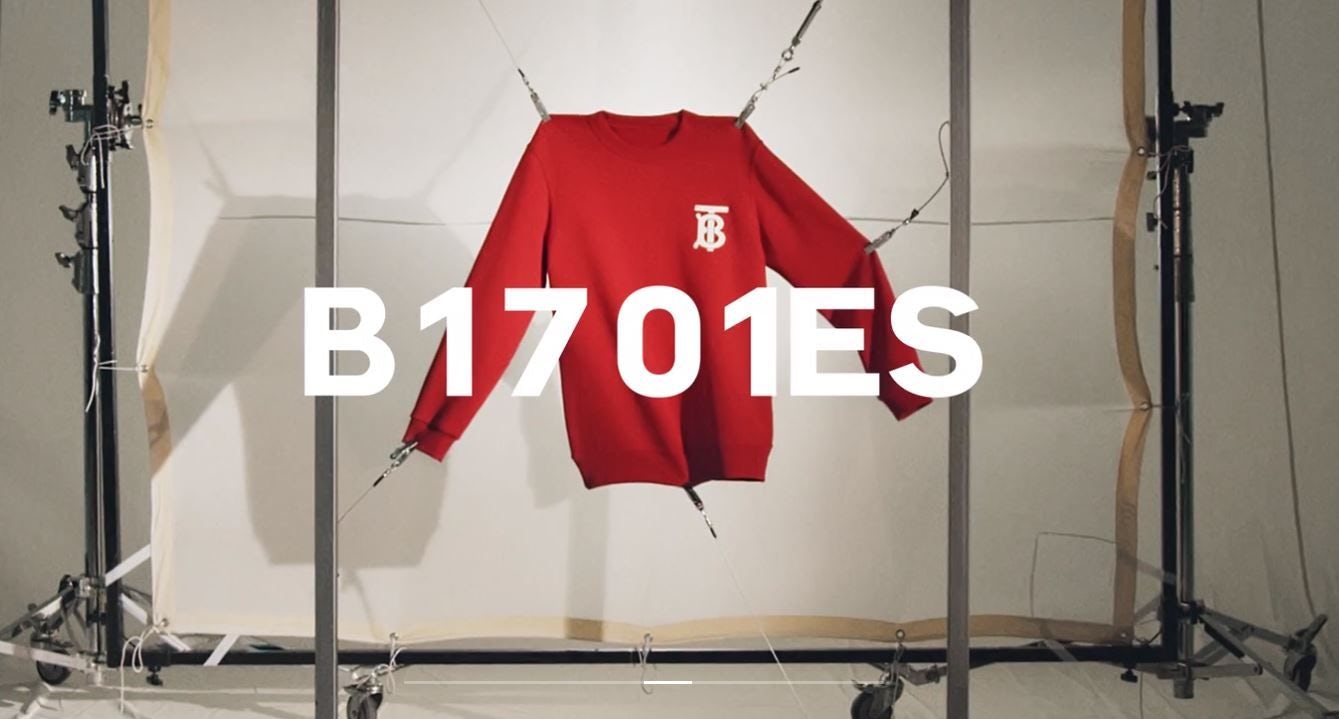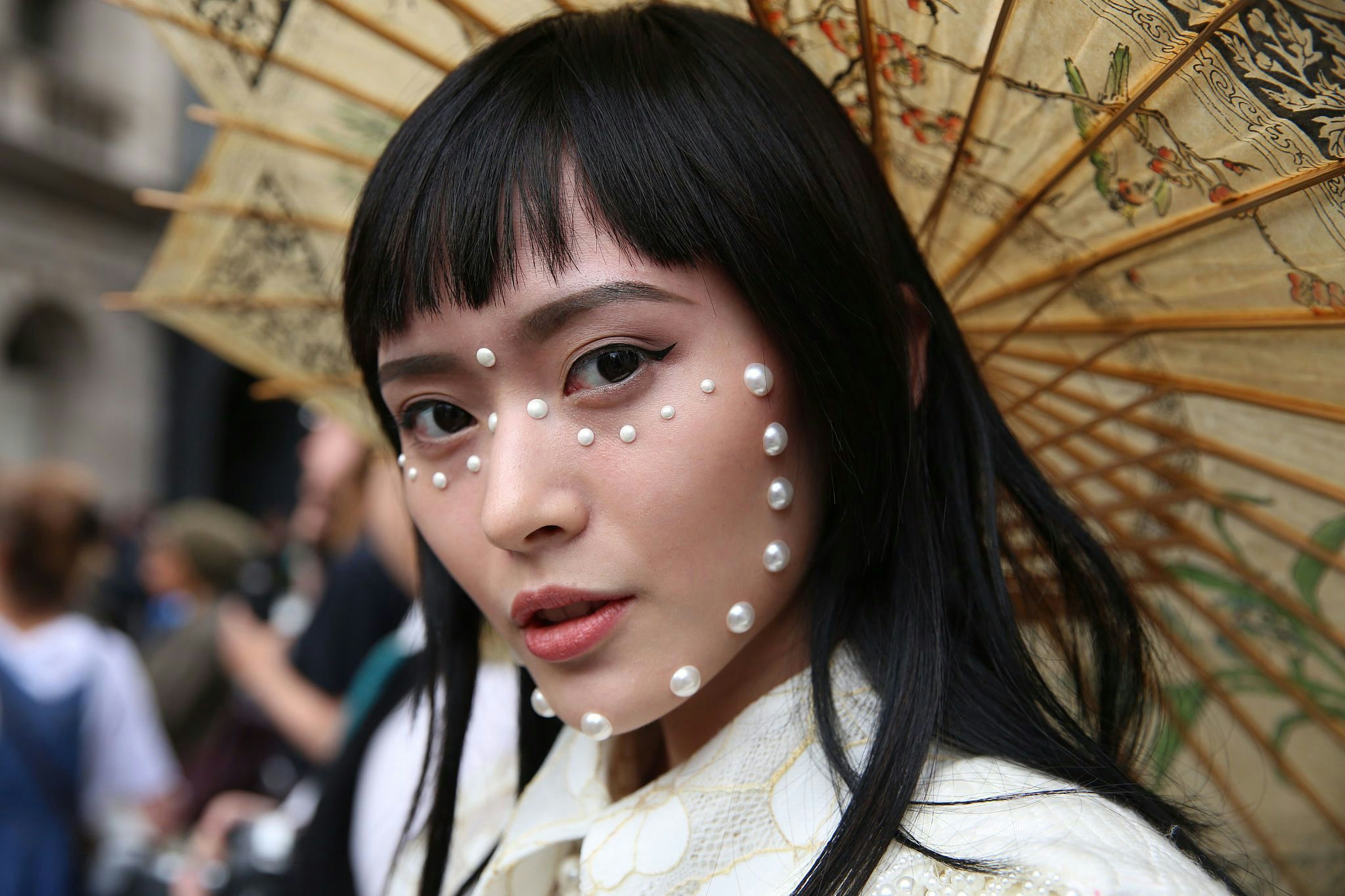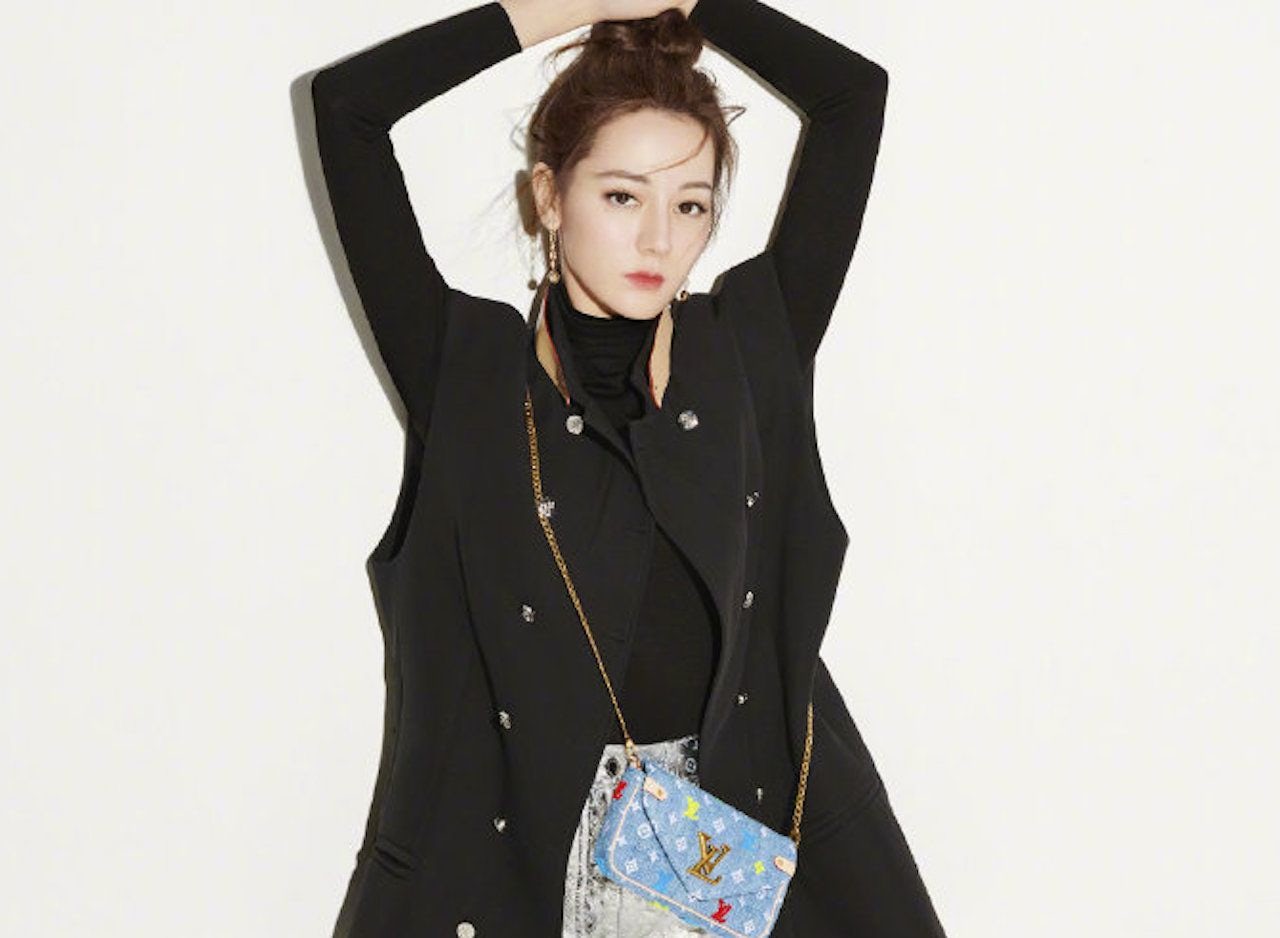China has become an important global growth engine for many luxury brands but an over-dependence on this market could have catastrophic effects if the predicted consumption slowdown and modest economic growth forecasts for 2020 take hold. Given this, heritage brands should prepare for fluctuations.
Investors and market watchers have already identified some troublesome warning signs, including the distressful news that Deutsche Bank plans to eliminate some 18,000 positions, but this isn’t the only alarming episode as China’s debt-to-GDP ratio has reached new heights.
Furthermore, the world’s largest economy (U.S.) is also showing signs of slowing, and according to the Duke University/CFO Global Business Outlook survey, 48.1 percent of US CFOs predicts that the country will enter in recession before the 2020 presidential elections, while 69 percent of the interviewees are expecting a recession by the end of the year.
These alarming economic indicators show that putting all your eggs in one basket is, at best, a cautionary tale, but few luxury brands have prepared contingency plans for the possibility of an economic slowdown in both China and the U.S. It’s expected, however, that the luxury brands that have to reexamine their identity and shape their marketing and business strategies accordingly will have a much greater chance not only to survive but more importantly to thrive even during this period of economic decline. Here, some luxury trends to keep focus on for 2020.
1. Strategic digital storytelling#
According to McKinsey, almost 80 percent of luxury sales are influenced by online, thus the importance for luxury brands to look at their digital strategy from a different angle, prioritizing innovative distribution channels. Furthermore, classic storytelling techniques need to be modernized so that brands can communicate their message through various agents. As luxury purchases are driven by pleasure and excitement — and not logic — the digital realm will design content that instantly captivates the audience.
Thanks to ingenious communication channels such as Douyin, WeChat, and Weibo, brands can immediately broadcast their message, reaching the consumer through stories, Mini Programs, and live-streaming features, all popular formats to reach a younger consumer base.
2. A shift to the human side of digital disruption#
Most luxury brands are trying to keep up with the tech-savvy, young consumers but this hunt for implementing the newest technologies and using advanced communication platforms has created an ecosystem where the human aspect is neglected. Most luxury employees only have a basic understanding of technology, leaving this aspect in the hands of a few highly skilled workers. This talent scarcity creates a concerning scenario where coding experts and developers have the power to translate the essence of a brand into a computer code. The shortage of employees with software development skills, social media, and analytics knowledge, and creative digital re-design skills will become a persistent issue. The importance for luxury brands to invest in employee development, creating a generation of workers who understand the digital side but are also sensible to sales and marketing strategy.
3. Influencer marketing#
The luxury industry is changing beneath our feet, but the perception of influencer marketing remains positive.
According to a report by Influencer Marketing Hub, Google searches for Influencer marketing grew 1,500 percent from 2016 to today. Furthermore, the industry has experienced robust growth from 1.7 billion in 2016 to 4.6 billion in 2018. In a world that craves authenticity, KOLs are a dynamic marketing and communication tool because they engage directly with their followers. This one-to-one communication appears more honest and dependable than traditional advertising campaigns. Research shows that peer-to-peer marketing is seen by consumers as more trustworthy and genuine than celebrity endorsements. As many of the influencers often have a large audience and high engagement rate, brands can tap the KOL resource to communicate with users and come up with curated offers that respects the needs and wants of the consumer base.
4. Personalization#
According to McKinsey, Chinese consumers are becoming “more global, more demanding” and this implies that the one-size-fits-all approach to reach them doesn’t work anymore. Personalization responds to the desire for individualism and authenticity. And younger consumers especially like unique, custom made products. Heritage brands like Louis Vuitton, Goyard, and Dior (with the Oblique line) have come up with product personalization tools that don’t contaminate the brand’s DNA. These luxury houses let buyers express their personality through monogramming, customized embroidery services, hot stamping, and appliques. We expect this trend to have a fundamental impact on luxury consumption even in 2020.
5. Data is king#
In 2020 premium brands will go beyond statistics and demographics, offering personalized content based on behavioral data. We will witness how brands will create experience-driven content marketing through customer data integration. Furthermore, luxury brands will take further steps to understand and analyze unstructured data coming from social media, weblogs, and emails, while creating marketing strategies that leverage the power of both structured and unstructured data.
It’s safe to say that even in 2020 data analytics will continue to optimize the customer’s experiences and deliver personalization at a larger scale.
6. User-generated content#
Authenticity has become a buzz word in luxury marketing, but the overuse of the term hasn’t brought a full-blown embracement of the concept. Foremost, authenticity needs to become the commanding standard when creating content, but all too often luxury brands struggle to do this correctly. The legitimacy issue can be solved by emboldening the dialogue with consumers and co-creating a system that prioritizes customer advocacy. New advancements in technology and communication have empowered the audience, transforming the public into a storyteller, and user-generated content has become a successful way to reach new luxury buyers and drive loyalty.
7. Identity- based consumer behavior#
In this globalized world, building on the concept of local identity and sustaining local communities is a method that generates healthy growth. On the other hand, a consonant approach that doesn’t respect cultural differences will have negative side effects for the brand’s reputation. Think about Western beauty companies that use white female models to promote their products and imagine the consumer’s lackluster response. Evidently, Asian buyers will feel that these companies don’t understand either the market or the consumer’s situation, disrespecting and abusing the local context.



